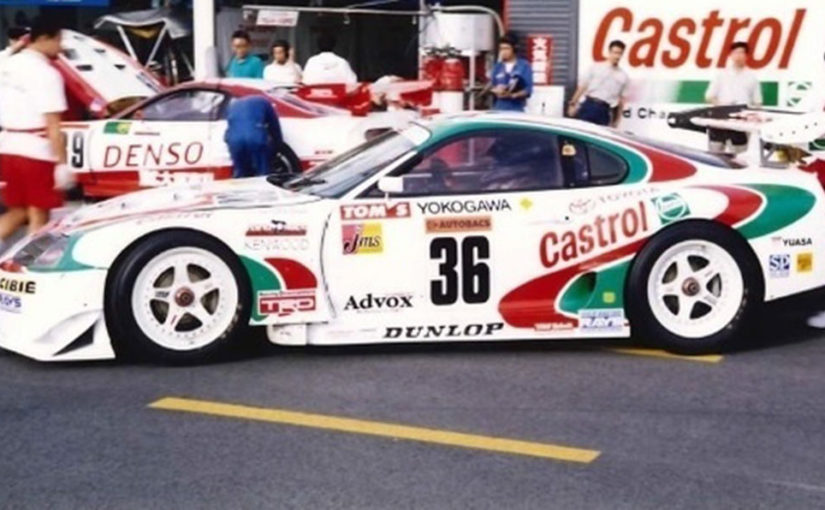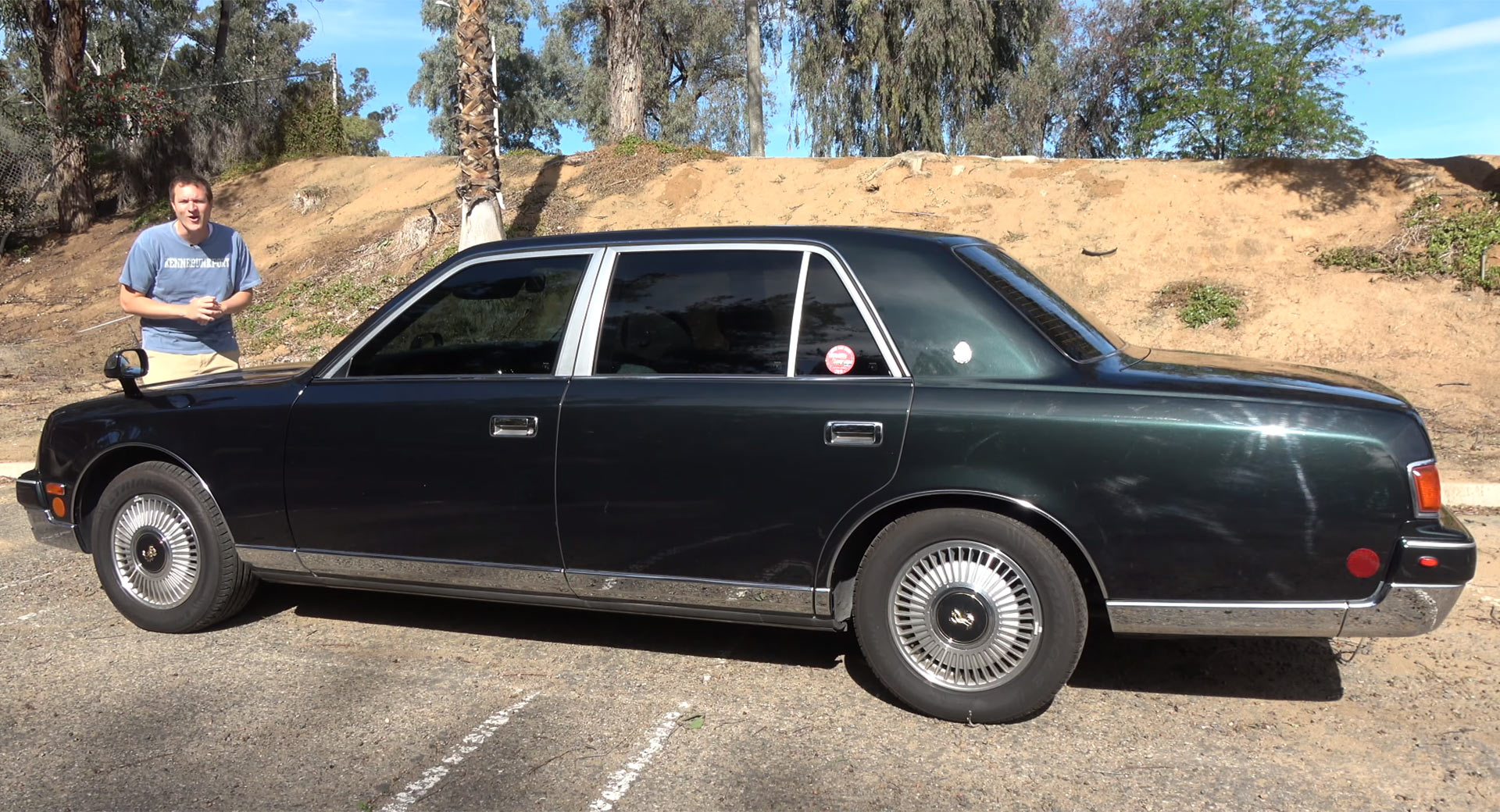
Don’t let the size, tiny, but punchy, three-cylinder engine and aggressive styling mislead you. The Toyota GR Yaris isn’t your typical hot hatch, but rather the closest thing to a rally car for the road that money can buy today.
While the regular Yaris is built around the GA-B platform, the 257 HP and 266 lb-ft (360 Nm) of torque, 1.6-liter turbo-three-powered GR model uses a combination of the GA-B and GA-C architectures, with the latter normally underpinning models such as the Corolla, Prius and Lexus UX.
Driven: 2021 Toyota GR Yaris Is A Great Hot Hatch, But We Do Have Some Gripes
This was mandatory for the implementation of an all-wheel drive system, which, together with the short wheelbase, wide tracks and sticky tires, make it an absolute marvel around corners. Engaging the sport driving mode makes it oversteer at will, encouraging the driver to keep the throttle down.
This is something that Chris Harris learned the fun way while driving Toyota’s homologation special on Top Gear. The model, which does the nought to 62 mph (0-100 km/h) in a little over 5 seconds and tops out at 143 mph (230 km/h), will be featured in their Series 30, Episode 4 that airs on Sunday, together with a used sports car guide for the ‘midlife crisis’. This will depict the TVR Chimaera, Vauxhall Monaro and a Toyota MR2 with a Ferrari F355 body kit.
In case you missed it, the popular car show’s previous episode showed an off-road comparison between the Land Rover Defender, Mercedes-AMG G63 and Ariel Nomad R in the Scottish Highlands.
[embedded content]
For GREAT deals on a new or used Nissan check out Gulfport Nissan TODAY!






